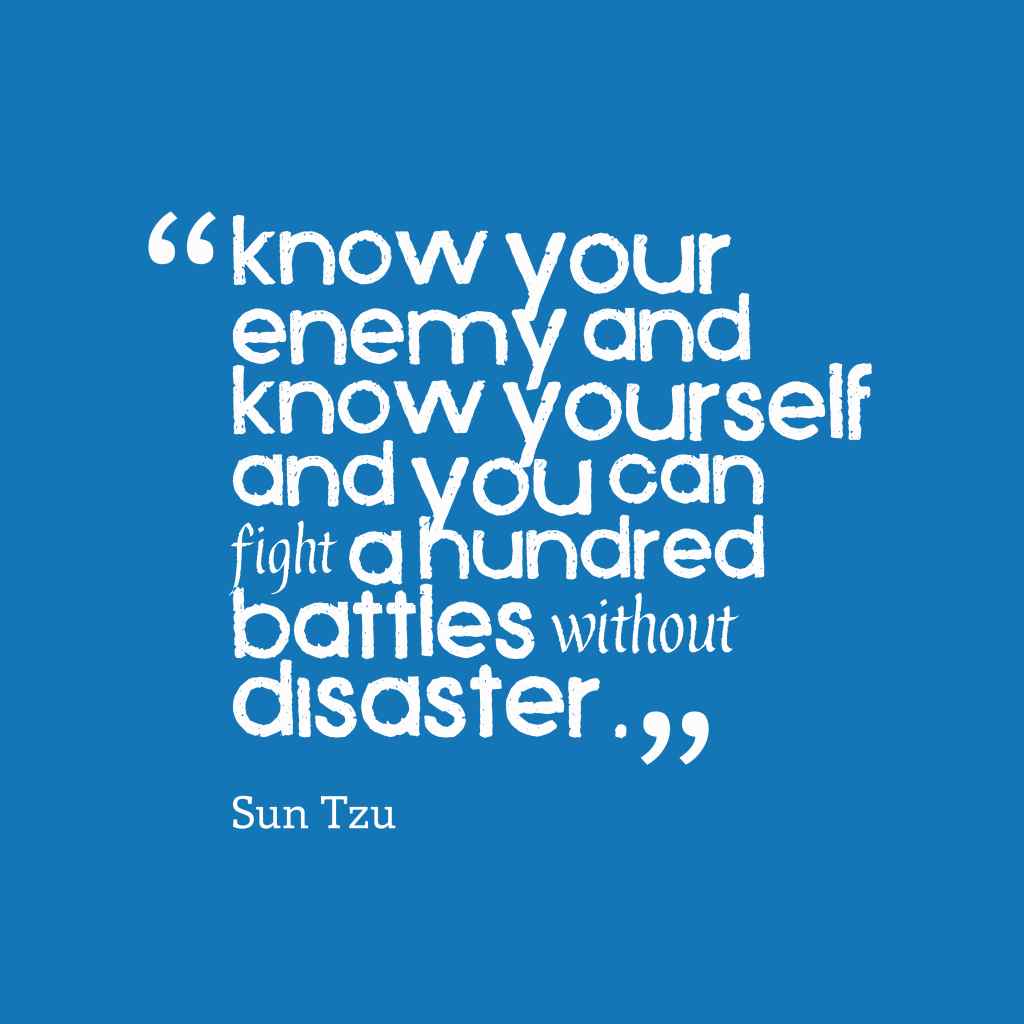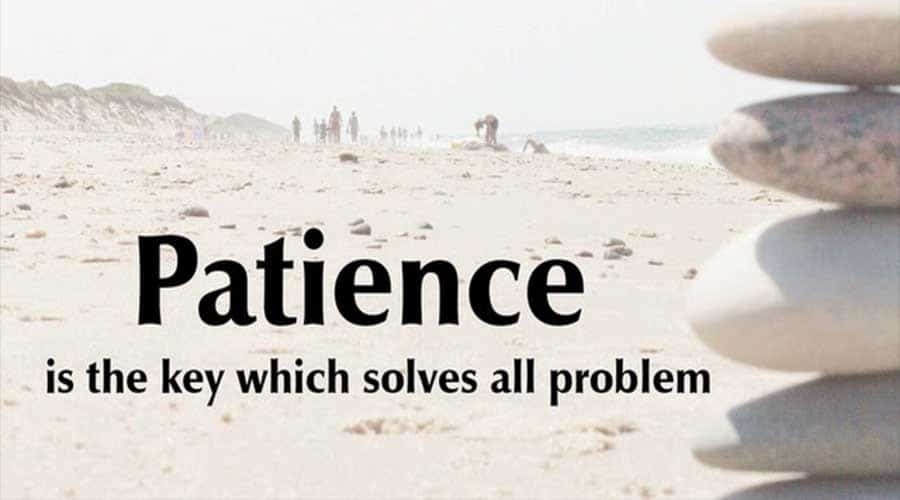The Art of War: A Strategic Parallel for Business Success
Of course, many good books have been written and not every book is about strategy, but comparing the books that have received a lot of attention with strategy is still fun. Or how we can use the lessons from a book to reassess our strategy. Below is a parallel between Sun Tzu’s book The Art of War, the oldest known book on military strategy.
In thirteen short chapters the various factors in of strategy war are described in a way that is still relevant
Sun Tzu’s “The Art of War,” a timeless classic in military strategy, offers profound insights that can be applied to the business world. Its principles and tactics, developed centuries ago, provide a valuable framework for navigating the competitive landscape and achieving success in the corporate arena.

An intriguing parallel between the thirteen tactics described in,
Sun Tzu’s “The Art of War” and the strategy for a company:
1. The Superiority of Position
A company that occupies a dominant position in the market, either through market share, brand recognition, or technological advantage, holds a significant advantage over its competitors. This position allows the company to dictate terms, set prices, and influence consumer behaviour.
2. Deception and Subterfuge
In the business world, companies often employ deceptive tactics to gain an edge over their competitors. This can include misleading advertising, false promises, or strategic information leaks to create confusion and uncertainty among rivals. While these practices may be considered unethical, they can effectively disrupt the competition and gain market share.
3. Surprise and Intimidation
A company can catch its competitors off guard by launching surprise attacks, such as new product launches, aggressive marketing campaigns, or acquisitions. This surprise can create an aura of intimidation, forcing competitors to scramble to respond and react to the company’s actions.
4. The Spirit of the Five Fires
A company that fosters a strong and passionate corporate culture, where employees are motivated, engaged, and committed to the company’s success, is more likely to outperform competitors. This “spirit” can manifest in various ways, such as innovative thinking, customer-centricity, and a relentless drive for excellence.
5. The Power of Coalitions
Companies can form alliances with other businesses through joint ventures, strategic partnerships, or supplier agreements. These coalitions can provide access to new markets, shared resources, and a stronger competitive position.
6. The Danger of Superiority
A company that becomes too complacent or arrogant in its position of dominance may become vulnerable to competitors. Overconfidence can lead to strategic mistakes, a failure to adapt to changing market conditions, and a loss of innovation.
7. The Importance of Knowledge
A company that continuously gathers and analyzes market data, industry trends, and competitor activity can gain a valuable competitive edge. This information can inform strategic decisions, product development, and marketing strategies.
8. The Value of Adaptability
In the ever-changing business landscape, companies must be able to adapt their strategies, products, and services to meet the evolving demands of customers, the market, and competitive landscapes. This adaptability is crucial for long-term success.


9. The Importance of Logistics
A company’s ability to efficiently manage its supply chain, from procurement to distribution, is essential for maintaining competitive pricing, product availability, and customer satisfaction. Smooth logistics operations can significantly impact a company’s overall profitability.
10. The Power of Morale
A company with high employee morale is more likely to outperform its competitors. Happy and engaged employees are more productive, innovative, and customer-centric. This positive work environment can also attract top talent and reduce turnover.
11. The Importance of Timing
In the business world, timing is crucial for success. Launching a new product before the market is ready, expanding into a new market before demand exists, or introducing a new marketing campaign at the wrong time can be disastrous.
12. The Value of Patience
Building a successful business takes time, effort, and perseverance. Companies willing to invest in the long term rather than seeking immediate gratification are more likely to achieve sustainable growth and market dominance.
13. The Importance of Leadership
Strong and visionary leadership is essential for any company’s success. Leaders who can set clear goals, inspire employees, and navigate challenges effectively are invaluable assets in the competitive business world.
These thirteen tactics, drawn from Sun Tzu’s “The Art of War,” provide valuable insights into the strategic landscape of the business world. By understanding these principles, companies can develop and implement effective strategies to gain a competitive advantage, achieve sustainable growth, and dominate their respective industries.

